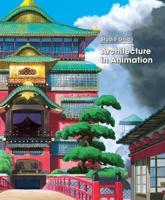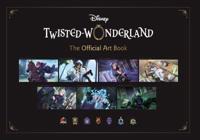Publisher's Synopsis
In the Autumn of 2015, the RISD Museum will present the first solo museum exhibition in the United States of the work of Scottish sculptor Martin Boyce. It will feature both existing works drawn from throughout Boyce's career as well as new work developed specifically for this presentation. The accompanying book will be the most significant monograph in almost a decade on the artist-who won Britain's coveted Turner Prize in 2011 and represented Scotland at the Venice Biennale in 2009-providing an overview of his career with an emphasis on work created in recent years. Boyce has established an international reputation by reconfiguring various elements of modernist art, architecture and design in sculpture and installations to suggest their complicated role in shaping the experience of contemporary life. While his practice has frequently been considered in relationship to specific historical and aesthetic precedents that he evokes and draws upon, this project will place a greater emphasis both on the narratives he develops within individual works as well as the process involved in creating them. This shift in focus will encourage important new scholarship on and insights into Boyce's work, making it an invaluable resource beyond the duration of the exhibition. The book follows recent monographs such as Donald Moffett: The Extravagant Vein (Contemporary Art Museum, Houston/SkiraRizzoli, 2011) and Amanda Ross-Ho (MoCA/Prestel, 2012) in providing substantive overviews of mid-career artists. The book will be defined visually by its unprecedented presentation of materials that inform Boyce's process, including production images, sketches, and other source material. These images as well as views from previous installations and photographs of individual works will be complemented by essays written by RISD Museum curator Dominic Molon, one or two additional writers, and a written or visual contribution by acclaimed British artist John Stezaker, whose use of found images in his collages bears a strong affinity to Boyce's use of materials.





